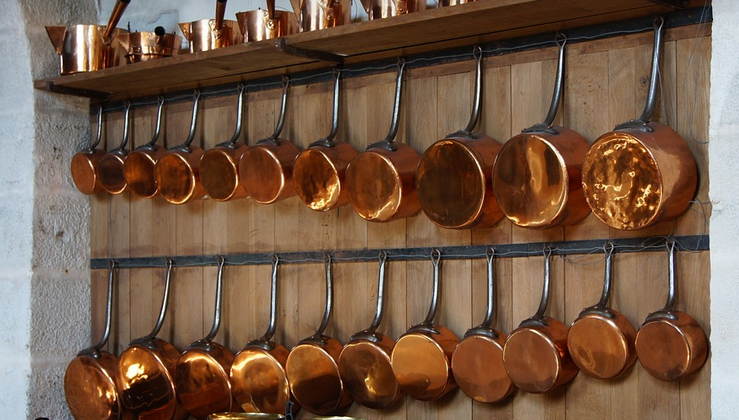
Forced Air Vs. Heat Pumps: Decoding The Heating War
Understanding the Basics
Heating your home can be a real chore, especially in colder months. But with all the options available today, it’s easy to feel confused about which system is best for your needs. Two major players stand out – forced air and heat pumps. While these systems share some similarities, they have distinct differences that impact their performance and cost-effectiveness.
Forced Air: A Familiar Friend
Forced air heating uses a furnace to warm up the air circulating throughout your home using a duct system. The furnace generates heat from burning fuel (like natural gas or propane) or electricity, which then blows warmed air into individual rooms via ducts connected to vents.
It’s a tried-and-true technology that delivers efficient heating even in extreme temperatures. Forced air systems are relatively affordable and easy to install. However, they can have some disadvantages too:
Pros of Forced Air
* **Direct control:** You get precise temperature control for each room, allowing you to tailor the heat based on individual needs. * **Familiar comfort:** It’s a familiar technology that many homeowners are used to, offering consistent and reliable heating performance. * **Easy installation & maintenance:** The ductwork system is relatively straightforward to install and maintain, making it a cost-effective option for most homes.
Cons of Forced Air
* **Uneven heating:** This common issue arises from inconsistent airflow distribution through the ducts. Some rooms might feel colder than others, requiring additional adjustments or supplemental heaters. * **Energy loss:** The system may lose some heat when it’s being blown out of vents and into the open air. * **Noise**: The blower motor in a forced-air system can generate noise, especially during high-demand conditions.
Heat Pumps: Evolving Efficiency
Heat pumps are gaining popularity because they leverage the power of nature – transferring heat rather than creating heat from fuel. They work by using an outdoor unit to pull heat from the outside air and transfer it into your home, either through ductwork or forced-air systems.
How Heat Pumps Make Magic
Heat pumps are remarkably versatile in their operation. They can be used for both heating and cooling, making them a two-for-one solution that reduces reliance on central HVAC equipment.
The efficiency of heat pumps lies in the ingenious application of refrigerants to draw heat from the surrounding environment.
Pros of Heat Pumps
* **Highly energy-efficient:** They use less fuel and electricity compared to traditional furnace systems, leading to significant savings on utility bills. * **Environmentally friendly:** Heat pumps generate significantly fewer emissions than gas furnaces, making them a green choice for homeowners. * **Versatility:** They can provide both heating and cooling, which reduces the need for separate systems and simplifies maintenance.
Cons of Heat Pumps
* **Variable performance in extreme climates:** They might not be as effective in extremely cold or hot weather conditions compared to forced air systems. * **Higher upfront costs:** Heat pumps have a higher initial cost due to their complex design but offer significant long-term savings on energy bills.
Making the Best Choice: What’s Right for You?
Choosing between forced air and heat pumps depends heavily on your specific needs and location.
* **Climate:** If you live in a climate with consistent, moderate temperatures, heat pumps can be an excellent choice. If extreme cold or summer heat are a concern, a forced-air furnace might offer better performance. * **Budget:** Consider both the upfront cost of installation and long-term savings on energy bills when comparing these two options. * **Home design & Insulation:** The efficiency of your HVAC system is heavily impacted by the insulation and air tightness of your home. A well-insulated home can maximize the effectiveness of both systems, while a poorly insulated home may require adjustments in installation or even consider adding more insulation.
Ultimately, understanding each system’s strengths and weaknesses will help you make an informed decision. It’s worth exploring with HVAC professionals to ensure optimal performance for your specific needs.